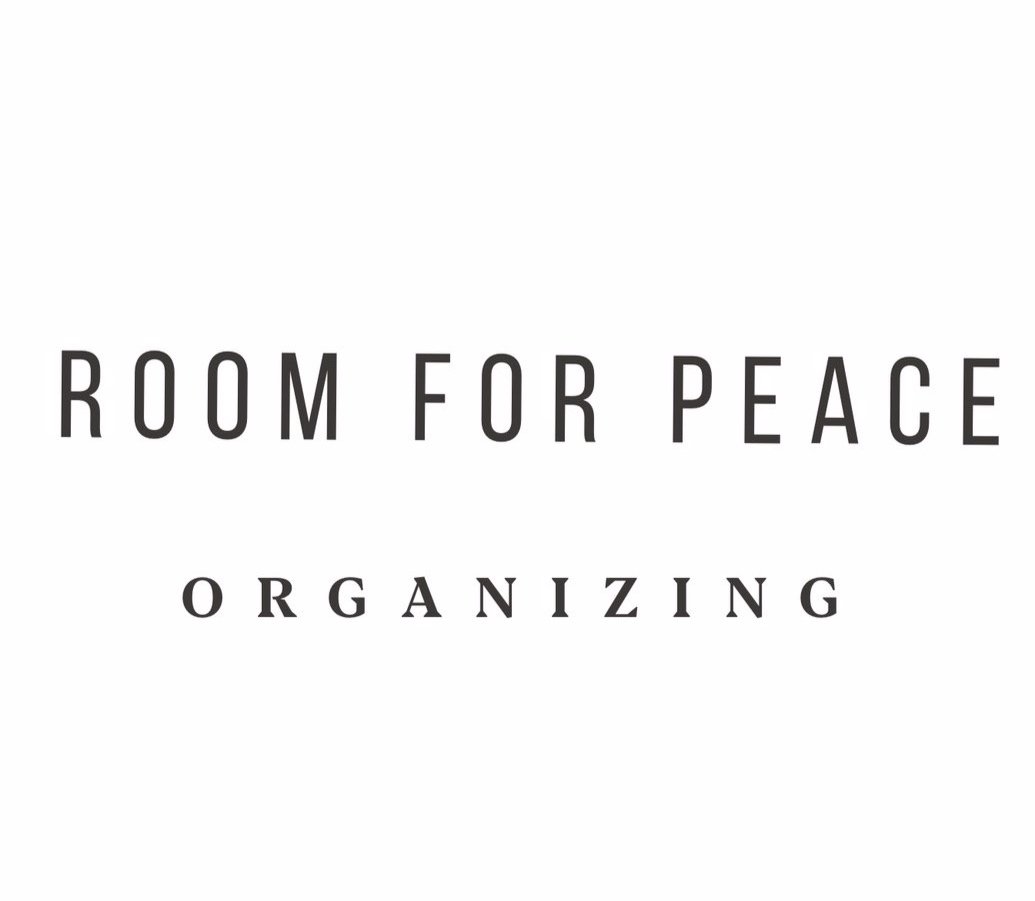Clutter embodies things that are in excess, overlooked, unloved or simply in the wrong place. Even mismatched colors in a space can be perceived as clutter in our minds. If we have a beautiful, natural-tone color scheme in a room, and then throw in some brightly colored children’s toys and mismatched bins, it’s still going to be seen as clutter in your minds eye no matter how “tidy” you try to keep the room.
More often, clutter simply comes from a consistent lack of decision making.
Deciding:
- IF it deserves a place in your home in the first place
- WHERE it should be kept, if you do see the value in it
- ACTIONS you need to take to make the most use of it
Whenever something is brought into your home, say it’s a gift, a piece of mail, or hand me down clothes, and you don’t make these decisions right away, the result piles up in our basements, on our counters and in our spare closets- tucked away so we can make that SAME decision another day. Usually, the longer we take to make a decision, the less likely we will be motivated to act at all. So the piles grow larger and the idea of starting that “project” now becomes more insurmountable and daunting.
Some may say that clutter itself is beautiful because it represents a home being LIVED in by real, imperfect people. And that can be true to an extent! The happy disarray of everyday life can be beautiful in small doses and only when you are still able to make progress and feel at peace with your life. But when it comes from a place of excess and true disorganization, it leaves feelings of guilt, inadequacy, stress and overwhelm. It keeps you from living your true purpose and spending time where your values are.
Physical clutter shows up as mental clutter.
It gives us a feeling of being out of control. See my next post about the physical manifestations of clutter. It's clear to see where clutter comes from, but how is it actually affecting us and our families?


